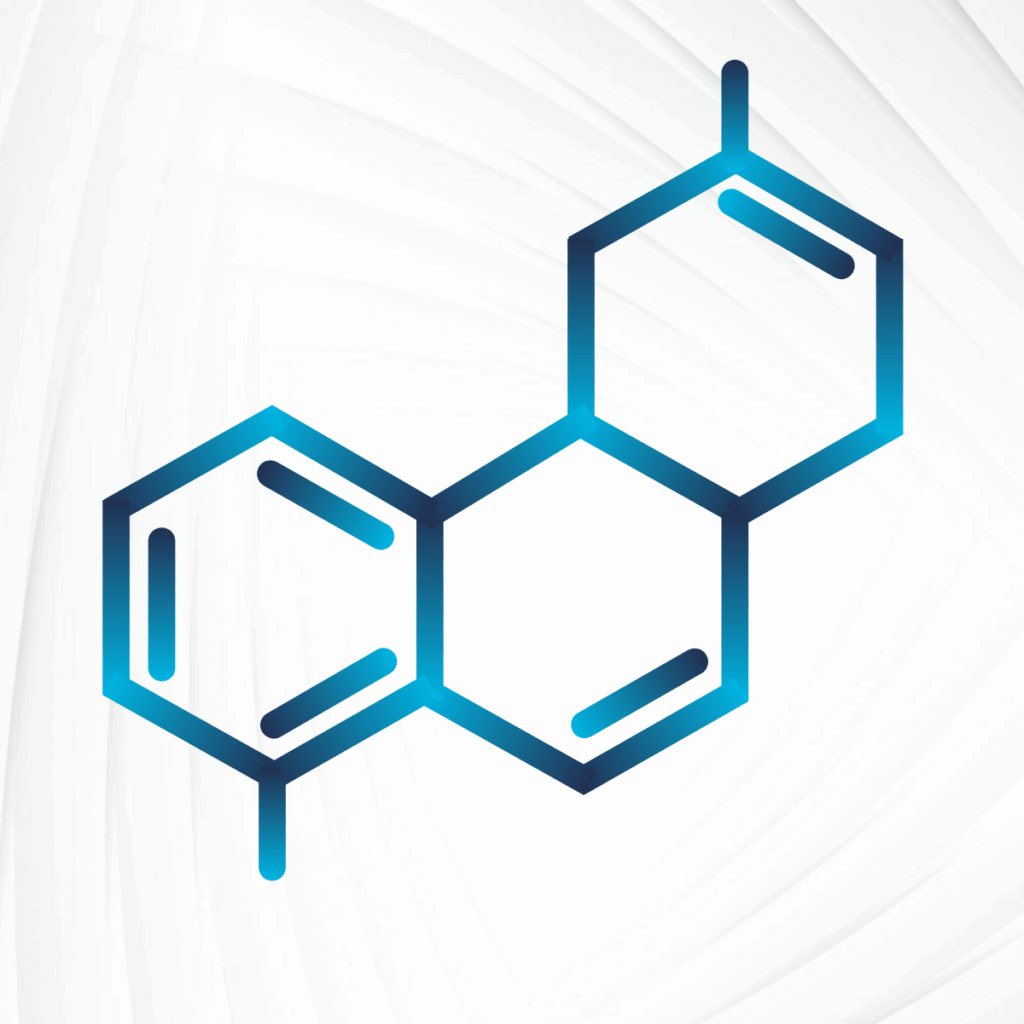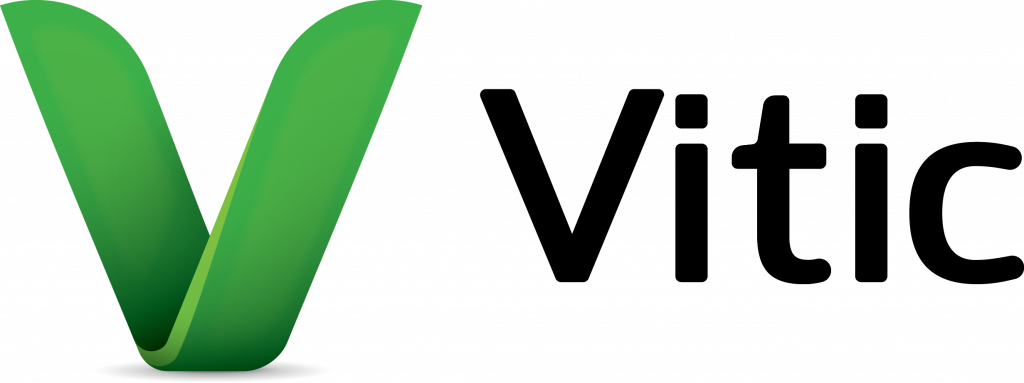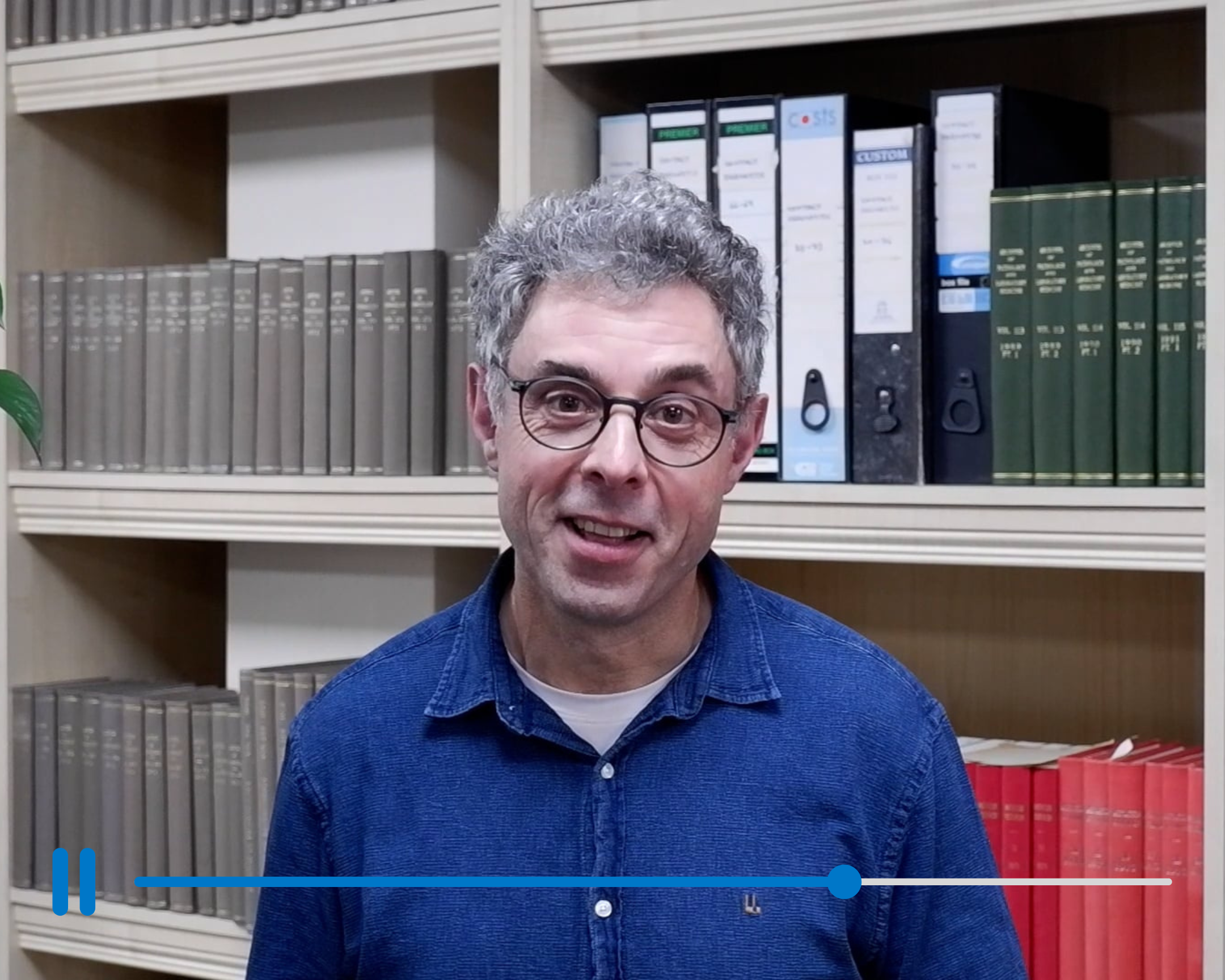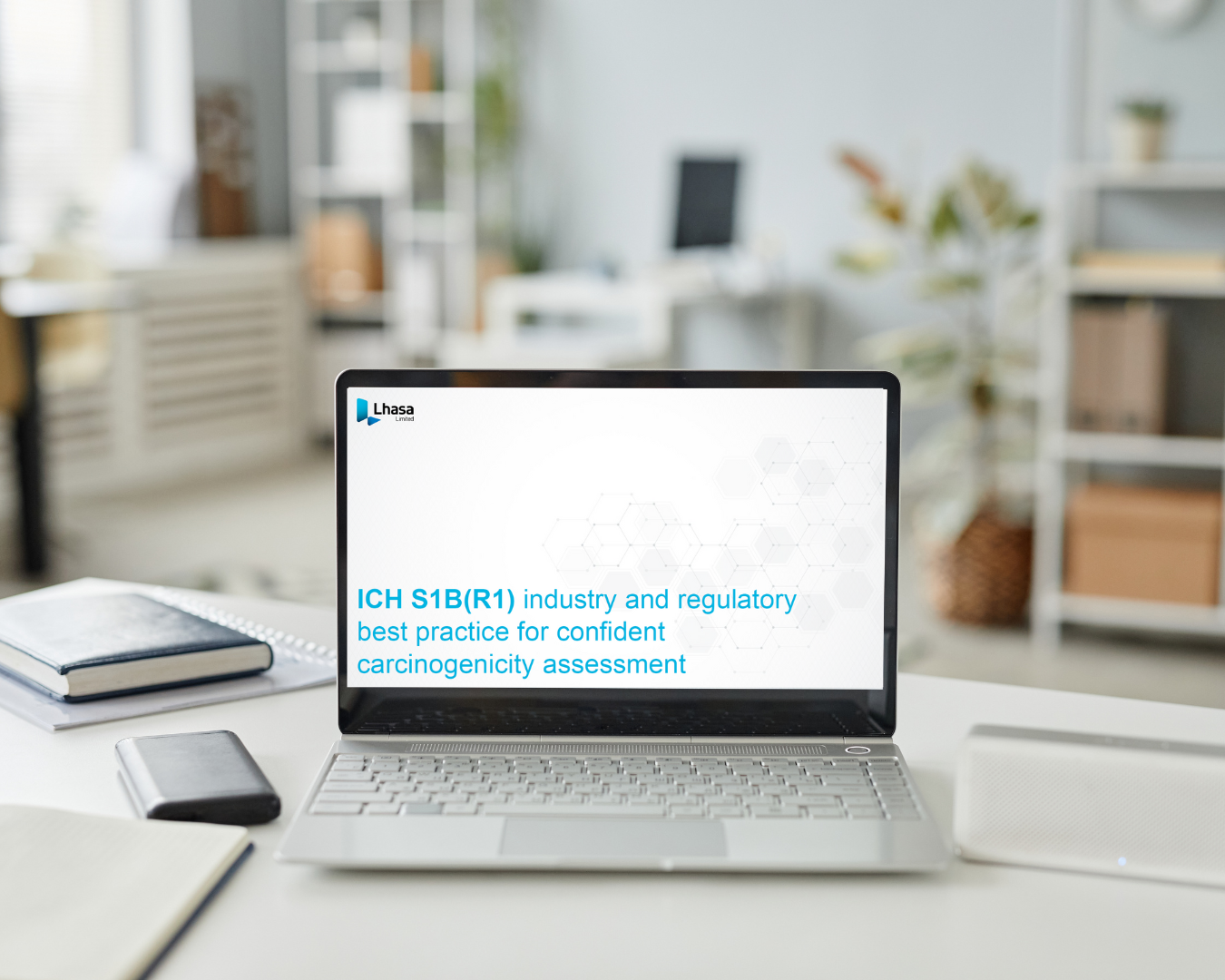In this blog, we explore the value of chemical structure search functionality in Vitic. Structure searching directs our members toward toxicity insights that can help guide their risk and safety assessments. We’ll discuss how chemical structure searches are conducted and the value that a toxicity database like Vitic can bring to decision making.
A key challenge faced by the 21st-century Toxicologist in the pharmaceutical industry is the inherent complexity of decision-making in safety assessments.
As a professional in pharmaceutical toxicology, you are required to navigate different sources of toxicity data across multiple novel and established compounds for regulatory submissions. This involves reviewing, collating, and interpreting toxicity risks. A workflow which can be inherently time-consuming and resource intensive.
Our in-silico toxicity solution, Vitic, is the endpoint database populated with regulatory, public, and proprietary chemically intelligent toxicity data. This tool creates a centralised, single source of robust chemical safety data, which enables confident and quick decision-making. But how?
At the core of the solution is a structure-searchable toxicity database that fuels its users with high-quality insights. With endless possibilities, the datasets are also pivotal to predictive models and read-across solutions. Yet, we can drill back many established and innovative computational findings to one foundational function of Vitic – structure searching.
What is structure searching, and how can it be done?

Approaching toxicity and safety assessments with the power of in silico structure searching allows for quick querying of a large pre-existing dataset. Using the specific molecular structure, we can source associated toxicity data to identify potential hazards, liabilities, or risks.
Substructure and similarity searching options are two alternatives provided by Vitic to collate known and close matches, building a complete picture of genotoxic risk. This allows toxicologists to quickly query available data and search the toxicity data of compounds with similar structures as well as exact matches.
Toxicity data is manually extracted from informative sources that have the biggest impact. Vitic encompasses journals, FDA datasets, and donated proprietary information to facilitate a shared knowledge and aid expert review, saving time, research, and other testing pathways.
The quality of all data is then reinforced through recognised guidelines and reliability scoring of each individual study. Populated by scientists at Lhasa and individually peer reviewed, Vitic has reached over 574,000+ data records, with continuous updates raising the overall substance count.
Differentiating itself from others on the market, Lhasa is committed to extracting the primary data to facilitate toxicologists in making the most informative decision.
What is the impact of in silico structure searching?
We provide a clear, coherent, and confident approach to reviewing and interpreting complex toxicological data. The impact of this is certainty fuelling decision-making and improving efficiency in the drug discovery journey.
By enabling structure searching, you can also achieve rapid identification of potential liabilities in novel drug compounds. Rather than diverting attention to additional testing requirements, centralised data empowers the toxicity safety assessment whilst harmonising the data available.
What does this mean to the Toxicologist? An increased confidence in your chemical safety risk assessments. Not only this but approaching toxicity decision-making through this streamlined approach will also consolidate interpretation which saves time while minimising costly late-stage failures.
What is structure searching, and how can it be done?
The impact of structure searching is prevalent across Lhasa’s extensive members and their drug discovery pipelines. The value of structure searching in typical toxicity evaluations weighs itself in the availability of multiple sources rather than drawing a conclusion from internally conducted studies. Achieving conclusions driven by various data points completes a compelling case of regulatory confidence.
The data sharing initiatives which lay behind the face of Vitic reflect industry collaboration, resulting in exclusive shared knowledge. This continuously evolving data flow not only enhances reliability in regulatory compliance, but it facilitates the filling of critical industry data gaps and strengthens predictive toxicology overall.
When we consider additional functionalities like its data management system capability, we can see that structure searching enables a powerful concept of internal and external data comparisons. This facilitates fast failures and reliable go/no-go decisions as well as adds an underlying layer of value to your own toxicity data.
Lastly, when we consider that Vitic is the single source of data assets that flow within innovative in silico software like expert (Derek) and statistical (Sarah) predictions or read-across (Acrostic), then the power translates to speed. At this point, the quicker that compliance is accomplished with quality data, the sooner your compound hits development, production, and the shelves. The value then contributes to improved public health and safety.
Structure searching is the speedy alternative to testing, but it is also the crux of informed and efficient toxicity decisions.
If you’re interested in seeing the power in action, we’ll shortly be issuing a second blog in this series showcasing member-provided use cases where structure searching is pivotal, including ICH M7.
Last Updated on October 10, 2025 by lhasalimited




